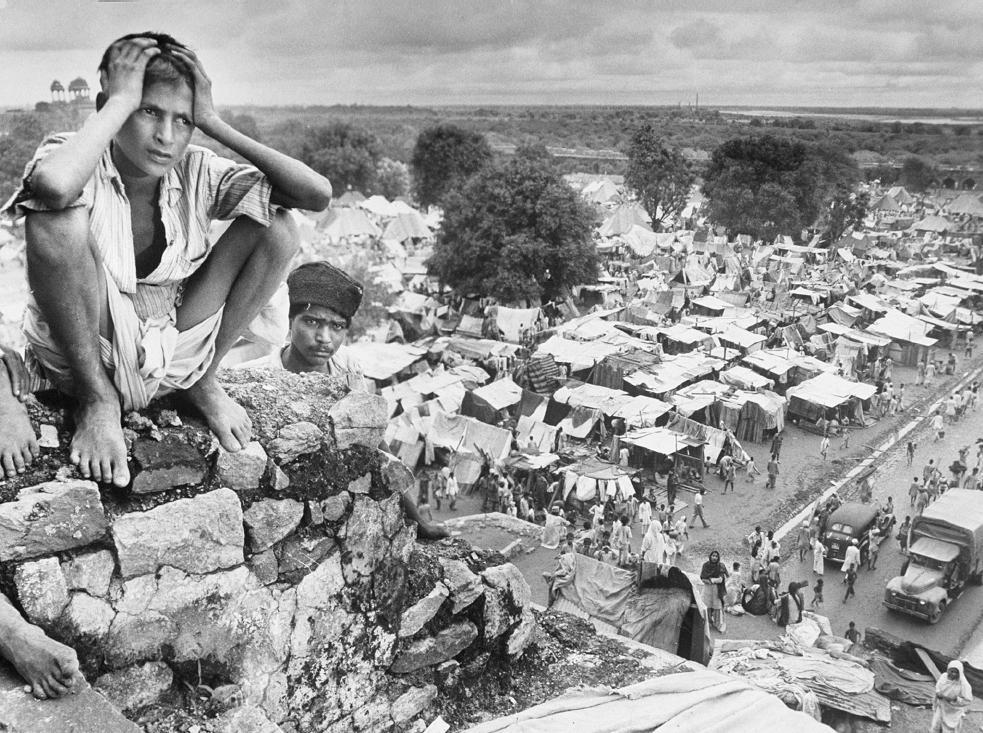Understanding Western Society
Printed Page 900
The Struggle for Power in Asia
The first major fight for independence that followed World War II, between the Netherlands and anticolonial insurgents in the Dutch East Indies (today’s Indonesia), in many ways exemplified decolonization in the Cold War world. The Dutch had been involved in Indonesia since the early seventeenth century (see "The Birth of the Global Economy" in Chapter 14). During World War II, however, the Japanese had overrun the archipelago, encouraging hopes among the locals for independence from Western control. Following the Japanese defeat in 1945, the Dutch returned, hoping to pick up where they left off. But Dutch imperialists faced a determined group of rebels inspired by a powerful combination of nationalism, Marxism, and Islam. Four years of deadly guerrilla war followed, and in 1949, the Netherlands reluctantly accepted Indonesian independence. The new Indonesian president became an effective advocate of nonalignment. He had close ties to the Indonesian Communist Party but received foreign aid from both the United States and the Soviet Union.
A similar combination of communism and anticolonialism inspired the independence movement in parts of French Indochina (now Vietnam, Cambodia, and Laos), though noncommunist nationalists were also involved. France tried its best to re-
India played a key role in the decolonization process. Nationalist opposition to British rule coalesced after the First World War under the leadership of Mohandas Gandhi (1869–
Britain withdrew peacefully, but conflict between India’s Hindu and Muslim populations posed a lasting dilemma for South Asia. As independence neared, the Muslim minority grew increasingly anxious about their status in an India dominated by the Hindu majority. Muslim leaders called for partition — the division of India into separate Hindu and Muslim states — and the British agreed. When independence was made official on August 15, 1947, predominantly Muslim territories on India’s eastern and western borders became Pakistan (the eastern section is today’s Bangladesh). Seeking relief from ethnic conflict that erupted, some 10 million Muslim and Hindu refugees fled both ways across the new borders, an unprecedented population exchange that left mayhem and death in its wake. In just a few summer weeks, up to 1 million people (estimates vary widely) lost their lives. Then in January 1948, a radical Hindu nationalist who opposed partition assassinated Gandhi, and Jawaharlal Nehru became Indian prime minister.
In the early 1950s, Pakistan, an Islamic republic, developed close ties with the United States. Under the leadership of Nehru, India successfully maintained a policy of nonalignment. India became a liberal, if socialist-
Where Indian nationalism drew on Western parliamentary liberalism, Chinese nationalism developed and triumphed in the framework of Marxist-
